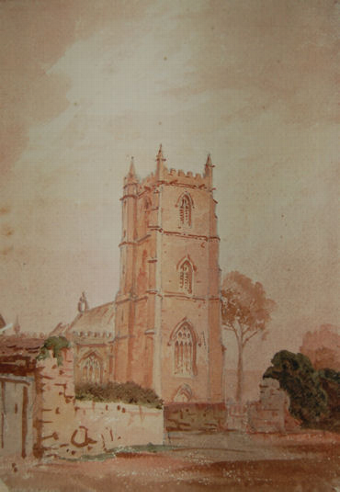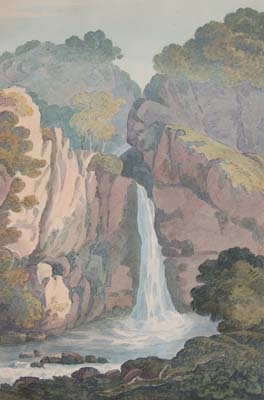featured item
sheep in a wooded landcape with a cottage beyond
- View other items in:
- antiques interior design modern and vintage
- other interior design
artware ltd
Enquire about this antique
Artware Ltd has 565 antiques for sale.
click here to see them all
Morland was born in London on the June 26th, 1763. His mother was a Frenchwoman, who possessed a small independent property of her own. His grandfather, George H. Morland, was a subject painter. Henry Robert Morland (c. 1719 ? 1797), father of George, was also an artist and engraver, and picture restorer, at one time a rich man, but later in reduced circumstances. His pictures of Jaundry-maids, reproduced in mezzotint and representing ladies of some importance, were very popular in their time.
The Labourer''s Luncheon, 1792.After moving to a larger house in Winchester Row, his financial position became so embarrassed that he had to fly from his creditors into Leicestershire, where he indulged to the full his delight in animal life. After a year, however, he returned to London and settled in Charlotte Street, when his difficulties increased, and time after time he had to obtain letters of licence, in order to avoid being arrested by his creditors. At last, however, he had to cross the water, and change his place of abode from time to time, keeping it as secret as possible, and we hear of him at Lambeth, at East Sheen, in the Minories, Kentish Town, Soho, Newington, Kennington Green and Hackney, while he had numerous adventures in eluding the attention of those who desired to capture him.
Work
Dogs In Landscape - Setters & Pointer, 1792.The finest of Morland''s pictures were executed between 1790 and 1794, and amongst them his picture of the inside of a stable, in Tate Britain, London, may be reckoned as a masterpiece. His works deal with scenes in rustic and homely life, depicted with purity and simplicity, and show much direct and instinctive feeling for nature. His coloring is mellow, rich in tone, and vibrant in quality, but, with all their charm, his works reveal often signs of the haste with which they were painted and the carelessness with which they were drawn. He had a supreme power of observation and great executive skill, and he was able to select the vital constituents of a scene and depict even the least interesting of subjects with artistic grace and brilliant representation. His pictures are never crowded; the figures in them remarkably well composed, often so cleverly grouped as to conceal any inaccuracies of drawing, and to produce the effect of a very successful composition. As a painter of English scenes he takes the very highest position, and his work is marked by a spirit and a dash, always combined with broad, harmonious coloring. He exhibited regularly at the Royal Academy from 1784 down to 1804, but few of his academy pictures can be identified owing to the inadequate description of them afforded by their titles.
Antiques.co.uk Ref: 9CPVDG3U
- Materials:
- Oil on Canvas
- Width (cm):
- 42.16 x 55.88cm (16.60 x 20ins)
Artware Ltd
Artware Fine Art specialises in fine antique, decorative and historical portraits and topographical pictures . We cover a period from the 17th and 18th centuries through to the 19th & 20th Centuries. We have over 150 portraits in stock, which can be viewed on our web site, each historical portrait has well researched biographical information both on the sitter and the artist.
Contact details
18 La gare
51 Surrey row
London
Greater London
SE1 0BZ
UNITED KINGDOM
T: 0207 921 97904
E: greg@artwarefineart.com
W: www.artwarefineart.com












